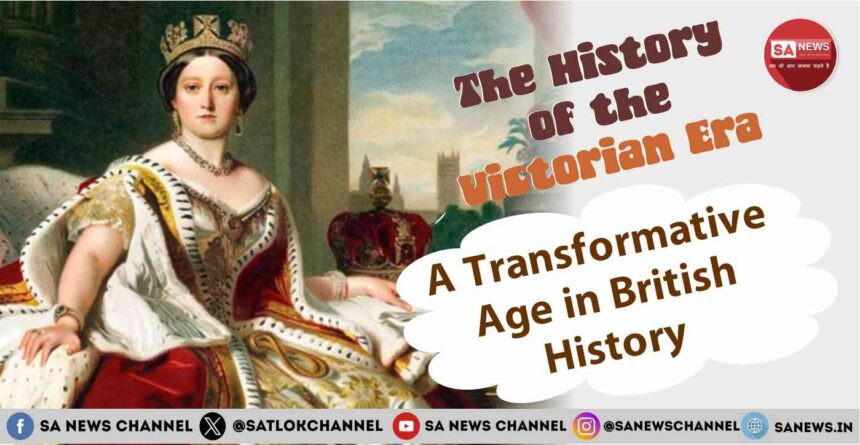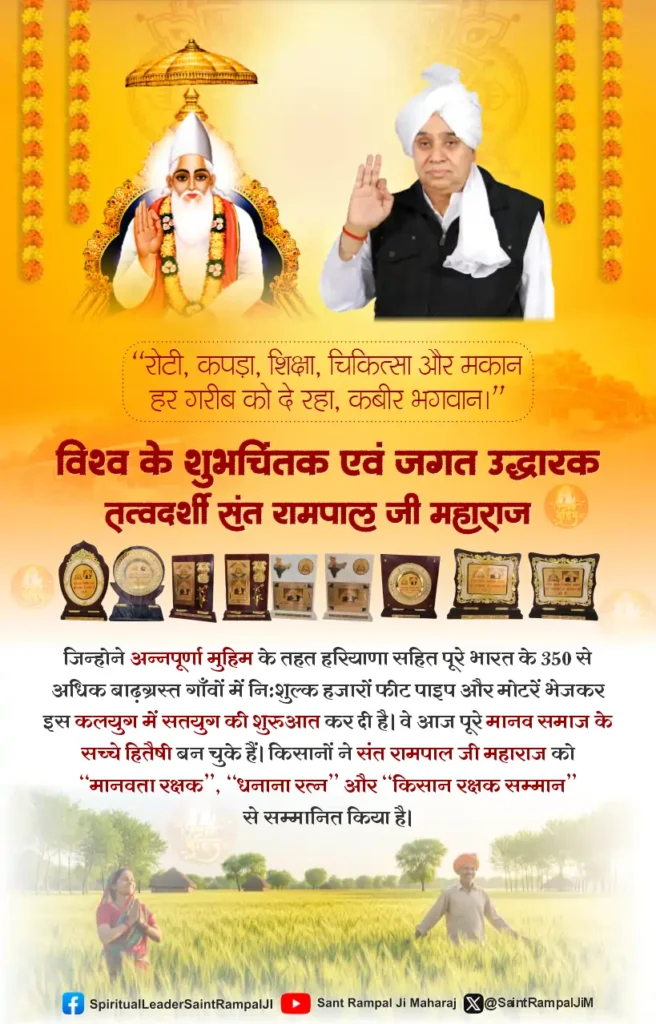The Victorian Era, spanning from 1837 to 1901 during Queen Victoria’s reign, is regarded as one of the most defining periods in British history. It was a time of profound social, political, and economic transformation that laid the groundwork for modern Britain and had a lasting influence on the wider world. From rapid industrialization and urban growth to sweeping political reforms and cultural achievements, this era encapsulated both the progress and contradictions of a society in flux. This article explores the key aspects of the Victorian Era, offering a comprehensive look at its history and legacy.
- Introduction to the Victorian Era
- Political Landscape of the Victorian Era
- Prime Ministers of Note
- The Influence and Symbolism of Queen Victoria
- Industrial Revolution and Technological Advances
- Society and Culture in the Victorian Era
- Key Events and Milestones of the Victorian Era
- The Decline and Legacy of the Victorian Era
- Reflecting on a Defining Century
- True Success Lies in Devotion, Not in Royalty
- FAQs: History of the Victorian Era
- 1. What years did the Victorian Era cover?
- 2. Why is the Victorian Era considered so important in British history?
- 3. What were the key social classes during the Victorian Era?
- 4. How did the Industrial Revolution impact life in Victorian Britain?
- 5. What is the cultural legacy of the Victorian Era today?
- Connect With Us on the Following Social Media Platforms
Introduction to the Victorian Era
Queen Victoria ascended to the throne in 1837, becoming a symbol of stability and continuity in a rapidly changing Britain. Her reign lasted for 63 years and 7 months, the longest for any British monarch until recently surpassed by Queen Elizabeth II. During this time, Britain evolved from a predominantly rural, agricultural society into the world’s foremost industrial and imperial power.

The Victorian Era was marked by advancements in science and technology, shifts in social attitudes, and the expansion of democratic principles. It was also characterized by a complex social code emphasizing morality, family values, and decorum that still echoes in British culture today.
Political Landscape of the Victorian Era
The Victorian Era saw significant political developments that shaped Britain’s constitutional monarchy and parliamentary democracy. Unlike the absolute monarchs of previous centuries, Queen Victoria accepted a more symbolic role, allowing elected officials to govern the country’s affairs. This shift underscored the rise of constitutional monarchy where power was balanced between the crown and an increasingly representative Parliament.

Several important reforms defined the political landscape. The Reform Acts of 1832, 1867, and 1884 gradually extended voting rights to a broader segment of the male population, although women’s suffrage was still decades away. These acts marked a move toward a more inclusive political system, reflecting changing social attitudes toward democracy. Alongside political enfranchisement, the government introduced Factory Acts that regulated working conditions and sought to reduce exploitation, especially of children in industrial workplaces.
The era also grappled with the complex issue of Ireland, whose push for self-governance (Home Rule) became a persistent political challenge. Throughout the period, British governments alternated between Conservative and Liberal parties, each with leaders who left a lasting imprint on the nation’s governance.
Prime Ministers of Note
The Victorian Era’s political narrative was shaped by remarkable leaders whose policies left an enduring legacy. Sir Robert Peel, who served as Prime Minister early in the reign, is credited with founding the modern police force and steering Britain through significant economic reforms, including the repeal of the Corn Laws which opened up trade.

Benjamin Disraeli, a charismatic Conservative leader, championed imperial expansion and social reform. His vision of “One Nation” conservatism sought to bridge the gap between the rich and poor, promoting national unity amidst industrial and social change.
Also Read: Biography of Aung San Suu Kyi: The Voice of Myanmar’s Democratic Dream
Opposing Disraeli was William Ewart Gladstone, a Liberal politician who believed in expanding democratic rights and reducing imperial overreach. Gladstone’s tenure saw efforts to improve education, advance free trade, and address social inequality. The political rivalry between Disraeli and Gladstone dominated Victorian politics for decades, highlighting fundamental debates about the role of government, empire, and social justice.
The Influence and Symbolism of Queen Victoria
Queen Victoria wasn’t just a monarch, she became a national icon whose very presence defined an era. Born in 1819 and crowned at the young age of 18, her reign of over six decades symbolized continuity during a time of dramatic transformation. Despite holding limited constitutional powers, her moral authority and personal image deeply influenced British society.
Victoria embraced her role as a matriarch of the empire, representing stability, tradition, and domestic virtue. Her marriage to Prince Albert set a public example of family life that Victorian society idealized. After Albert’s death in 1861, Victoria’s extended mourning and withdrawal from public life only increased her symbolic status as a figure of loyalty and moral seriousness.

Politically, Queen Victoria navigated complex relationships with a succession of prime ministers, including Disraeli and Gladstone. While she had no direct legislative power, her views were respected and often reflected public sentiment. She played an important diplomatic role, helping to maintain relationships among European monarchies, many of whom were her relatives.
Her image, widely reproduced in newspapers, portraits, and coins, was used to foster a sense of unity across the vast British Empire. By the time of her death in 1901, she had become a beloved and almost mythic figure, remembered not just as a ruler, but as a symbol of national identity and cultural pride.
Industrial Revolution and Technological Advances
The Victorian Era coincided with the height of the Industrial Revolution, a period when Britain transformed into the world’s workshop through groundbreaking technological innovations and industrial expansion. Factories powered by steam engines multiplied, and new production methods in textiles, iron, and steel drastically increased output and efficiency. This industrial boom not only fueled economic growth but also dramatically altered everyday life for millions.
Transportation innovations were pivotal. The rapid expansion of railways knit the country together, enabling faster movement of goods and people. Railways made travel accessible to many and contributed to urban growth. Steamships revolutionized global trade, helping Britain consolidate its empire by connecting distant colonies. The invention and spread of the telegraph transformed communication, shrinking the world and accelerating business and governmental affairs.
However, the rapid urbanization brought by industrialization also caused severe social challenges. Cities like London, Manchester, and Birmingham swelled with workers seeking factory jobs, leading to overcrowded slums, inadequate sanitation, and public health crises. These conditions gave rise to social reform movements that pressured the government to improve living standards and workers’ rights.
Society and Culture in the Victorian Era
Social Classes and Victorian Morality
Victorian society was characterized by a strict social hierarchy that deeply influenced daily life and behavior. The aristocracy and wealthy industrialists occupied the top tier, enjoying vast privileges and influence. Beneath them, a growing middle class of professionals, merchants, and civil servants emerged, embodying ideals of self-improvement and respectability. The working class, which formed the majority, endured tough living and working conditions, often in industrial towns and cities.

Victorian morality placed great emphasis on duty, propriety, and family values. It upheld ideals such as sobriety, chastity, and hard work, while often enforcing rigid gender roles, men as breadwinners and women as homemakers. Public life was governed by codes of conduct that valued restraint and decorum, influencing everything from dress to manners.
Women’s Role and the Early Feminist Movement
While most Victorian women were expected to focus on domestic responsibilities, the era also saw the beginnings of organized efforts toward gender equality. Women’s education improved, and the first waves of the feminist movement emerged, advocating for voting rights, property ownership, and employment opportunities. Pioneering figures such as Millicent Fawcett and Emmeline Pankhurst laid the groundwork for future progress, though it would take decades for women to gain full political enfranchisement.
Literature and the Arts
The Victorian Era was a golden age for literature, producing some of the most beloved works in English. Writers like Charles Dickens highlighted social injustices through vivid storytelling, while the Brontë sisters explored themes of passion and independence. Thomas Hardy’s novels depicted the struggles of rural life, and Oscar Wilde’s wit and critiques of society remain influential.
In the arts, movements such as the Pre-Raphaelite Brotherhood rebelled against academic traditions, emphasizing detailed realism and romanticism. Architecture flourished with the Gothic Revival style, seen in buildings like the Houses of Parliament.
Education and Scientific Progress
Education reform expanded access to schooling, resulting in higher literacy rates. The 1870 Education Act made elementary education compulsory, shaping a more informed public. Meanwhile, scientific discoveries challenged traditional beliefs. Charles Darwin’s theory of evolution, published in On the Origin of Species (1859), sparked debates about religion and science that continue today.
The British Empire and Global Influence
Under Queen Victoria, the British Empire expanded to unprecedented levels, covering nearly a quarter of the world’s landmass and population. Britain controlled vast territories across Africa, Asia, the Caribbean, and the Pacific, spreading its influence through trade, military power, and colonial administration.
The concept of the “Pax Britannica” reflected a period of relative global peace enforced by British naval supremacy. This allowed Britain to dominate global trade routes and promote Western ideals of governance, law, and education in its colonies.
However, the empire’s expansion was complex and often controversial. While some colonies experienced infrastructural and administrative development, others endured exploitation, cultural suppression, and resistance. The legacy of British colonialism remains a subject of critical examination and discussion in modern times.
Key Events and Milestones of the Victorian Era
Several events stand out as landmarks of the Victorian Era’s complexity:
- The Great Exhibition (1851): Hosted in London’s Crystal Palace, this was the world’s first international fair showcasing industrial and cultural achievements, symbolizing British innovation.
- The Crimean War (1853–1856): This conflict exposed weaknesses in the British military and led to important reforms, especially in medical care inspired by Florence Nightingale.
- The Indian Rebellion of 1857: Also known as the Sepoy Mutiny, this uprising against British rule led to the dissolution of the East India Company and the establishment of direct Crown control over India.
- Public Health Acts: These laws addressed the dire sanitation and health conditions in rapidly growing urban centers.
- The Education Act of 1870: Marked the beginning of compulsory elementary education.
- The Married Women’s Property Act (1882): A landmark reform allowing married women to own property in their own right.
The Decline and Legacy of the Victorian Era
The Victorian Era drew to a close with Queen Victoria’s death in 1901, marking the end of an epoch and the beginning of the Edwardian period. The era’s legacy is both inspiring and complex. It laid the foundations of Britain’s modern political institutions and social reforms. Its cultural and literary achievements continue to shape Western thought and aesthetics.
At the same time, the era’s social rigidities and imperial exploits invite critical reflection. The Victorian Era’s history serves as a reminder of the challenges inherent in progress and the ongoing need to balance innovation with compassion and justice.
Reflecting on a Defining Century
The Victorian Era was not just a period in history, it was a turning point that defined the course of Britain’s future. It was a time when steam power, scientific thought, and cultural brilliance surged forward, yet it was also a time when deep social divides and imperial contradictions were laid bare. What makes this era so compelling is the way it captured the tension between progress and restraint, innovation and tradition.
From its rigid social hierarchies to the dawn of public health and education reforms, the Victorian Age was a mosaic of contrasts. It celebrated the grandeur of the British Empire while grappling with the costs of expansion. It upheld moral seriousness, yet gave rise to literature that questioned society’s very foundations. And through it all, a young queen grew into a symbol of continuity during one of the most unpredictable times in history.
Today, we still live with the echoes of that era, in the parliamentary system, in city skylines shaped by Victorian architects, and in the novels that continue to inspire readers around the world. To understand the Victorian Era is to understand a critical chapter in the evolution of modern identity. It invites us not just to admire what was built, but to reflect on the complexities that came with building it.
True Success Lies in Devotion, Not in Royalty
Queen Victoria ruled during the Victorian Era, a time marked by industrial progress, global influence, and royal grandeur. Though she lived with immense power and luxury, like all humans, she too was subject to the cycle of birth and death. Her reign, while historically significant, did not guarantee salvation.
According to the spiritual teachings of Sant Rampal Ji Maharaj, being born as a king or queen is the result of past virtuous deeds, but true success lies not in ruling empires, rather in attaining liberation through devotion to the Supreme God. Human life is the only opportunity to break free from the bondage of karma and reach the eternal abode, Satlok.
No matter how many times one becomes a ruler, be it a king or queen, the purpose of human life remains unfulfilled without true worship. Even the most powerful monarchs like Queen Victoria could not escape mortality. The scriptures affirm that only devotion shown by a Tatvdarshi Saint can lead to emancipation.
Hence, human birth is precious not for enjoying royal comforts, but for doing bhakti (devotion) and achieving salvation. The true kingdom is not on earth, but in the eternal realm of the Supreme God, as revealed by Sant Rampal Ji Maharaj.
Today, Chyren Saint Rampal Ji Maharaj ji is delivering this hidden spiritual knowledge to the world, knowledge that aligns with all holy books and leads directly to salvation.
We invite you to explore this truth Visit 👉 www.SupremeGod.org
FAQs: History of the Victorian Era
1. What years did the Victorian Era cover?
The Victorian Era lasted from 1837 to 1901, during the reign of Queen Victoria in the United Kingdom. It was a period marked by industrial growth, imperial expansion, and sweeping social and political changes.
2. Why is the Victorian Era considered so important in British history?
This era was a turning point for Britain, it saw the country become a global superpower through industrialization and empire-building. It also laid the foundation for many modern institutions, including education systems, political reforms, and public health infrastructure.
3. What were the key social classes during the Victorian Era?
Victorian society was divided into three main social classes: the upper class (aristocracy and wealthy elites), the growing middle class (professionals and merchants), and the working class (laborers and factory workers). Each class had distinct roles, rights, and lifestyles.
4. How did the Industrial Revolution impact life in Victorian Britain?
The Industrial Revolution drastically changed how people lived and worked. It created jobs, improved transportation, and fueled economic growth, but also led to overcrowded cities, harsh factory conditions, and environmental pollution. These problems sparked important social reforms.
5. What is the cultural legacy of the Victorian Era today?
The Victorian Era left a lasting mark on literature, architecture, education, and social values. Classic authors like Charles Dickens and the Brontë sisters are still widely read, and Victorian-era buildings and morals continue to influence British identity and heritage.









